You must be logged in to rate content!
8 minute(s) of a 217 minute read
11-18-2015
The answer to that is that I am not progressing very well at all and the Renault is starting to have a bad effect on my nerves.
As some of you will be aware I have advertised the car for sale as an unfinished project. Just a day or two ago I changed the advert on the Prewar Car website to read. "Must be sold" "Best offer over UK£1." Apparently all the likely punters consider that my price is still too high! Should I offer to pay the shipping costs as part of the deal?
One very good friend suggested that I simply push it out into the garden, cover it up with a tarpaulin and forget about it.
Bj.
11-19-2015
None of the above is likely to happen. It does however go some way to prove a point. If I was completely honest with myself that slowly but surely I am learning that there are very few people outside France that consider any pre-ww2 Renault is worth saving.
It seems as though I am doomed to have this car for the rest of my life. Whether this will allow me sufficient time to finish it is entirely another question? Another 20 years will take me to ninety nine and I certainly doubt that I would be too interested in working on it then.
Bj.
11-22-2015
It is amazing what you find when you stop looking. While I was having a mini-tidy-up I have discovered the six gudgeon (wrist) pins that go with the six useable pistons along with a small container holding the correct style of circlips, so now these are all ready to go into the cylinder block but first I have to have the 12 new valve guides machined and fitted along with the 12 new valves. In another container I have found enough new piston rings to allow me to think about assembling a motor. With this in mind I have cleaned up the cylinder block and given it a coat of my favourite dark green engine paint. The good thing about all this is, with all the bits assembled into a motor there will be just one large thing to move around instead of a shelf full of little containers. Perhaps there is a Santa Claus after all.
People who look closely will have noticed some slight rusting at the top of the cylinder bores.
It is my belief that this is simply surface rust and will polish out after a gentle hone.
Prior experience tells me that once sold the amount of running the completely restored car is likely to do is almost negligible. Even so, IF defying all the odds it is actually driven it should be capable of anything a new owner is likely to ask.
Bj.
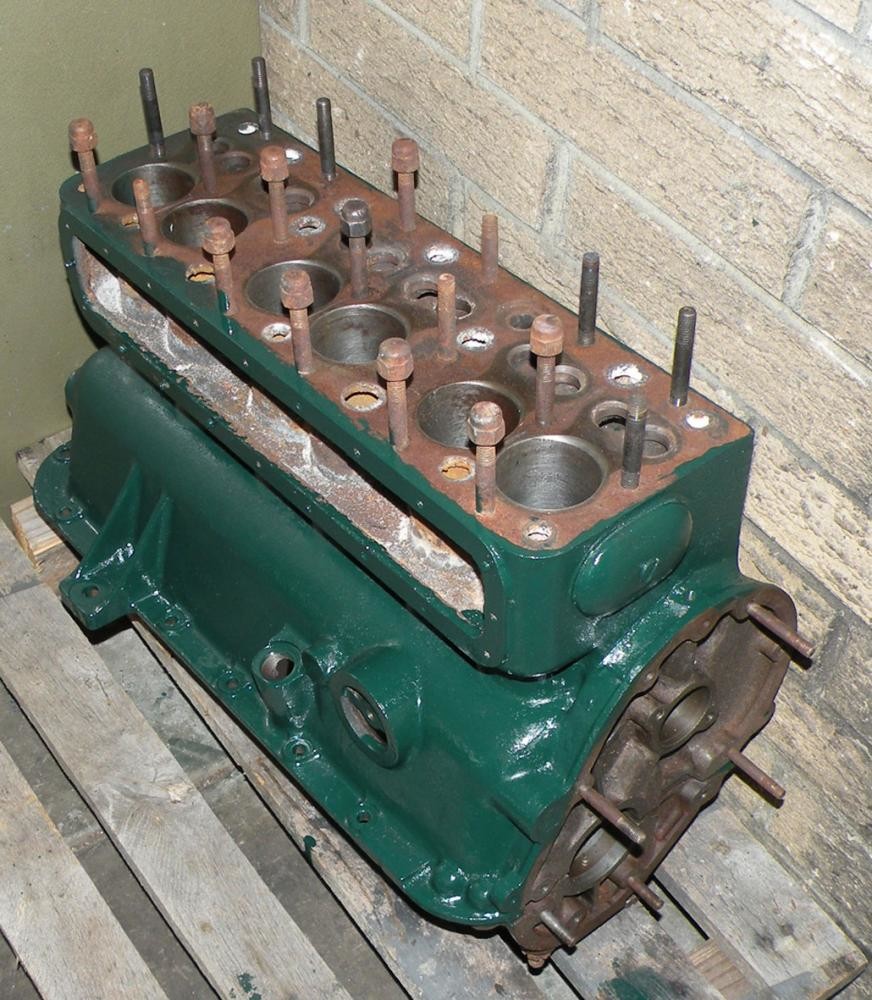
11-23-2015
I have just asked Tony the Trimmer who has done a lot of work for me in the past how much he would charge to upholster the two seats. I have enough leather left over from the Packard, provided the seat facings are left without any pleats. I think that I will be buying some Leather needles for Helen's sewing machine and doing them myself. From his quotation I get the impression that Tony no longer wants to do work for me. Watch this space.
Bj.
11-24-2015
Further to yesterdays photo of the cylinder block, this is NOT the one I am going to rebuild. This is the engine that I paid for and shipped out from France having been told that "it had been turned over". This is NOT just surface rust as the result of standing for a few weeks.
What I WILL be using is the cylinder block and pistons from New Zealand and the crankshaft and conecting rods from the French engine, the camshaft from the New Zealand engine along with 12 new valves and valve guides and new piston rings. I still have to decide if it is really worth the expense of having the camshaft reground to a somewhat more "sporting" profile. I have now had the cylinder head ground and re-surfaced to increase the compression ratio slightly.
Bj.
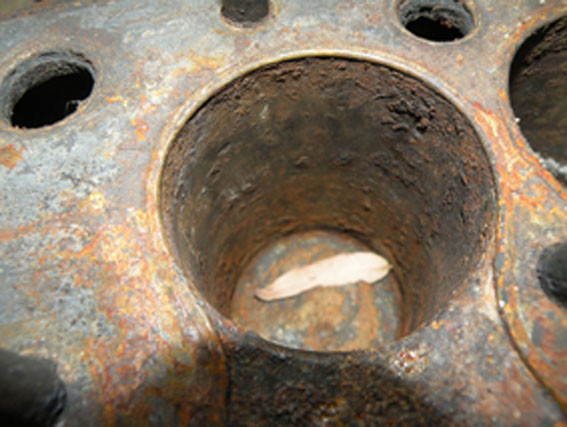
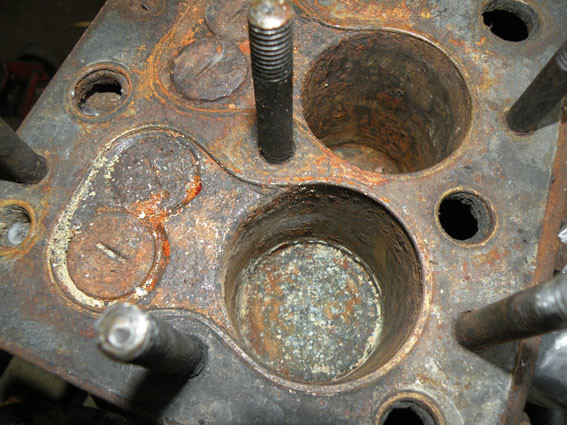
Hello Ian
Good to hear from you, I suspect that I caught Tony on a bad day; both for him and for me. I just felt that $1500 for two little bucket seats, with no pleats, when I am supplying the leather seemed rather a lot. perhaps I am living in the past. Some of my VSCC friends swear by Grant White and I know he does a lot of work on VDC members cars. I have never met him. I plan to take the seats etc over to Tony and have a talk with him about price. I will not need them for some time. If I damage Helen's sewing machine stitching four thicknesses of leather it will cost me a lot more.
11-25-2015
Hello John
As my attempts to virtually give the car away, ie. Best offer over GB £1; as advertised on the Prewar Car website has attracted only two enquiries & both have now departed without making an offer, it seems as though I am stuck with it. As I cannot help punishing myself I am continuing to do and have done work on the car. Where or when it will all end is anyones guess. My love/hate relationship with it continues its roller-coaster ride. What drives me is that I can see that one day it will be something really special. It is just a pity that very few people share this view. My only dread is that I may not live long enough to finish it. The rareity of this model Renault almost puts it on a par with the Dixie Flyer. That it will almost certainly be the last in the long line of "Bernie Jacobson Restorations" will make it unique.
Bj.
Hello Bleach
You may be right, the only things of value in this motor were the crank and con-rods. Being a 1929 RY1 means that it has the "heavy crank" with 44 mm b/e journals against the 40mm of the earlier RY motor along with stronger con-rods. The main bearings are the same size in both types which means I can use these in either cylinder block. So all is not completely lost. I still have to compare the camshafts, hopefully the later engine had slightly better valve timing. Fortunately the rust had not penetrated below the bottom of the cylinder bores. Certainly if I was working regardless of cost this block could be re-bored to a suitable over size also the valve seats would all need to have inserts fitted.
Unfortunately in this rebuild the budget is anything but bottomless.
Bj.
11-27-2015
The "spare" Paris-Rhone dynastart arrived this morning packed with typical Teutonic throughness virtually welded into a heavy gauge steel "box". This one while I have not tested it has all the appearance of having been worked on recently and came with the correct Renault control box. It can go on the shelf with the collection of other Renault bits and pieces. The other photographs show one of the pistons with the typical Louis Renault "do as I do, not as others may do" thinking with regard to the gudeon pin and circlip arrangement. I have never come across anything similar in all the years I have spent rebuilding old engines. It certainly simplifies fitting & removing the circlips.
Bj.

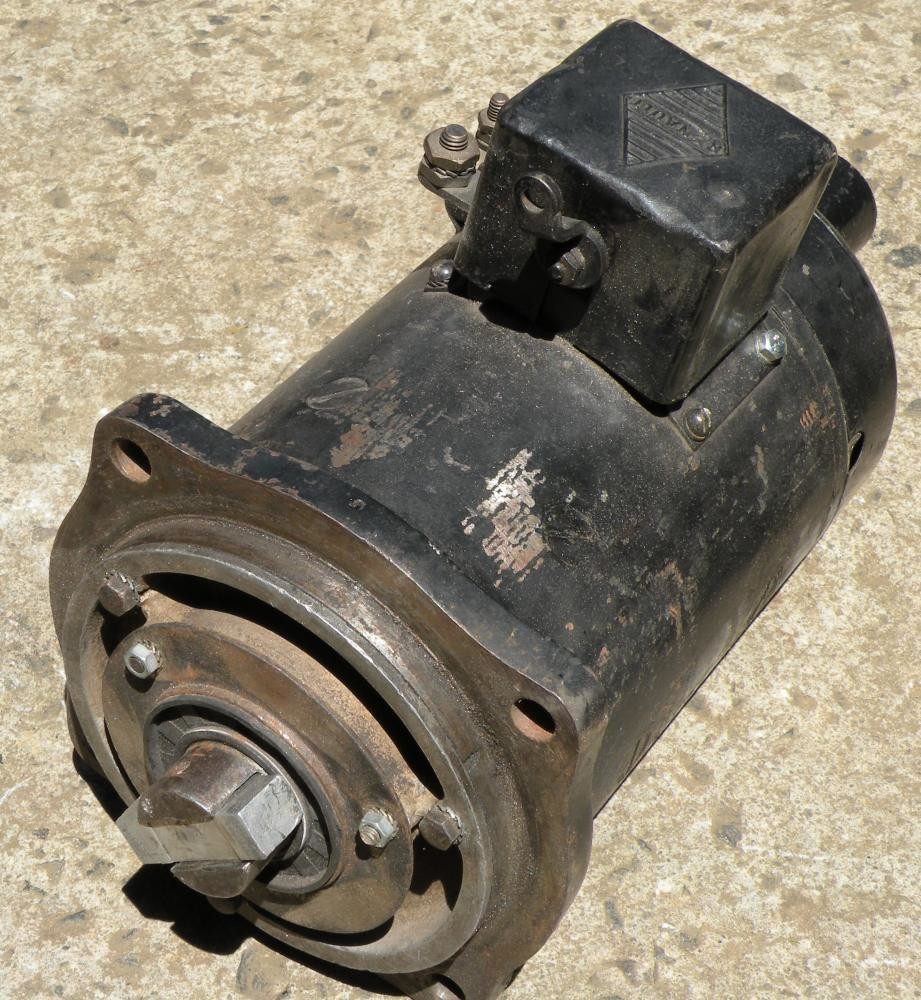
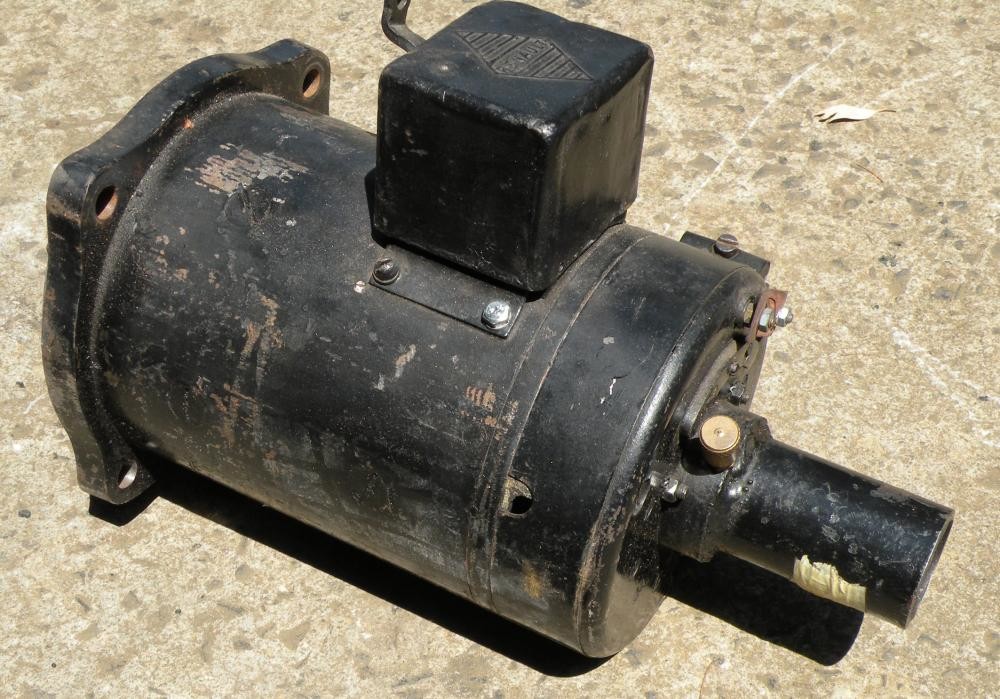

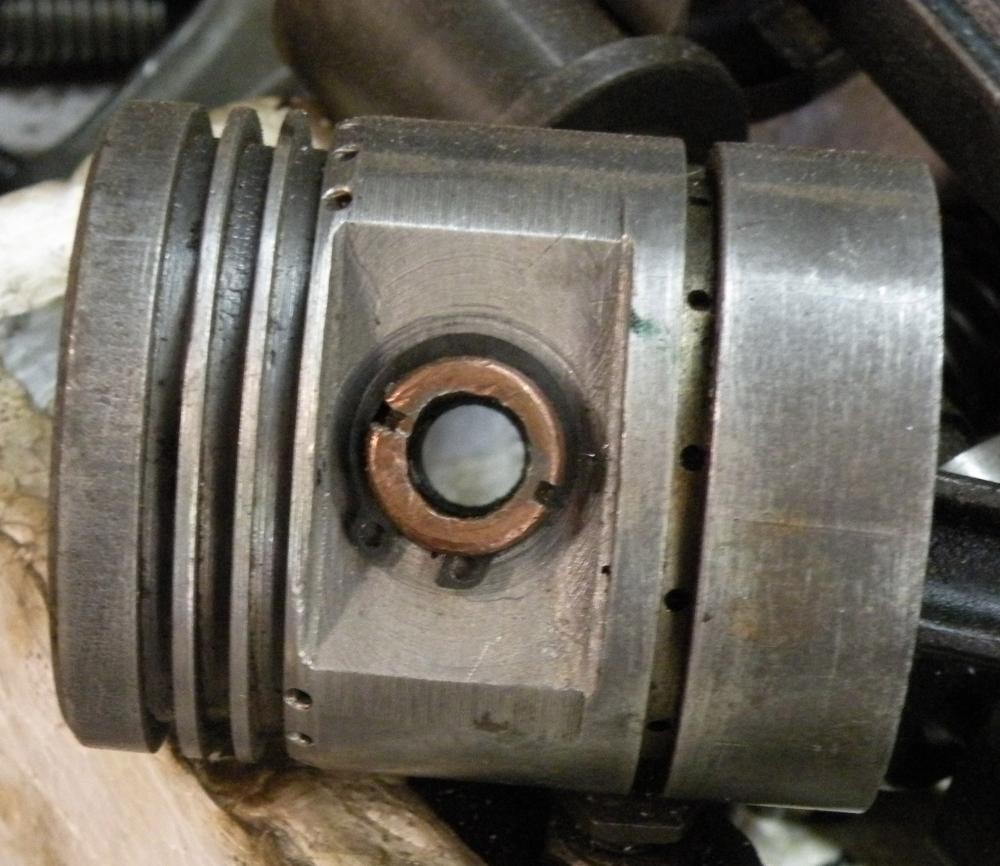
More Louis Renault independent thinking is shown in the valve timing diagram. In my humble opinion, the 25 degrees of valve overlap during the induction stroke is very forward thinking for the late 1920s & especially for a side valve motor. For example a side valve Dodge 6 cyl of the mid to late 1930s The inlet valve did not start to open until 6 degrees AFTER tdc. The nearest comparison is probably a 1930 Austin 12-Six being very much the same, 1500cc side valve six cylinder, the inlet valve is just starting to open at tdc.
Bj.

This is so cool!
Posted by Diggymart on 3/26/20 @ 6:09:01 PM